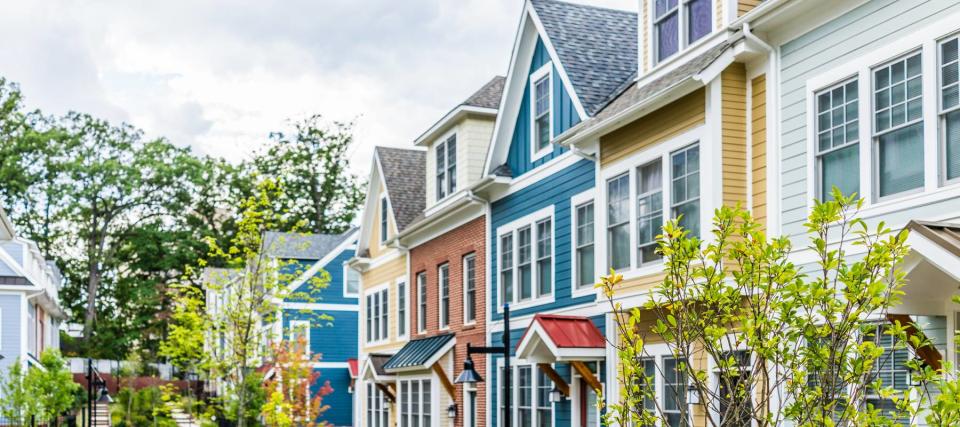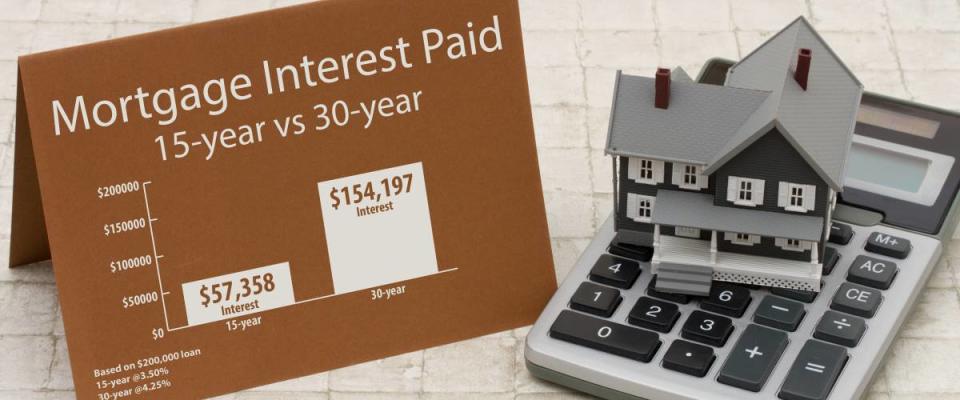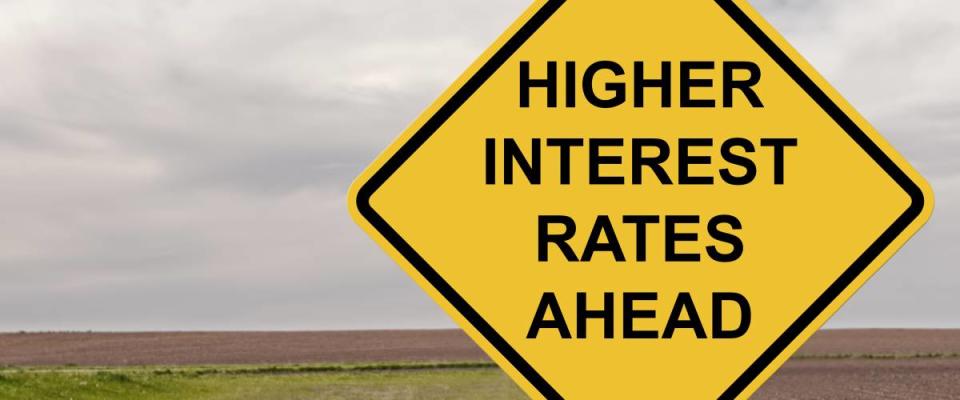Mortgage rates drop back below 3%, making refinancing an even better deal

Homeowners who put off refinancing because of recent increases in mortgage rates now have more reason to take out a new loan.
A long-running survey shows rates have fallen again, with the average 30-year mortgage back below 3%. That’s proven to be something of a magic number for owners: Over the last three months, refinance activity has dipped whenever the typical 30-year fixed-rate mortgage has reached 3% or higher.
Now that rates are beneath the line again, some 14 million homeowners have the potential to save an average $287 a month by refinancing, the mortgage technology and data provider Black Knight has said.
30-year mortgages

The average rate on a 30-year fixed-rate mortgages slid last week to 2.98%, mortgage giant Freddie Mac reported on Thursday. That’s down from the previous week’s mark of 3.02%. A year ago, the 30-year fixed was averaging 3.07%.
Though rates are above January's record low of 2.65%, they're still lower than at any time before the COVID-19 pandemic. As the economy recovers and inflation warms up, it’s unlikely today's rates will fall much further.
Danielle Hale, chief economist at Realtor.com, sees rates moving in the other direction — to an average 3.4% by the end of the year.
“We’re at such low levels that 3.4% will be a significant increase," she said in an interview. "Homebuyers will notice it when they’re calculating their monthly mortgage payment."
The same can be said for homeowners considering a cost-cutting refinance.
15-year mortgages

Rates on 15-year mortgages also have fallen, says Freddie Mac.
The average last week was 2.26%, down from 2.34% a week earlier. At this time a year ago, interest rates on 15-year loans were averaging a steeper 2.56%.
Realtor.com senior economist George Ratiu says rates have been fluctuating as investors try to get a clear impression of where the U.S. economy is heading in the near term.
"Financial markets are trying to weigh the improvement in jobless claims and other economic indicators with the shifts in real estate markets, and the Federal Reserve officials’ remarks about the bank’s expected timeline for tightening monetary stance given rising inflation," Ratiu says.
5/1 adjustable-rate mortgages
Rates on 5/1 adjustable-rate mortgages (ARMs) have seen a little upward movement, rising last week from 2.53% to 2.54%, on average. A year ago, rates on 5/1 ARMs were averaging an even 3%.
These loans initially tend to come with lower interest rates than their 30-year fixed-rate counterparts, and that's in exchange for the risk borrowers take on.
With 5/1 ARMs, you pay a fixed rate of interest for the first five years, then the rate "adjusts" each year. Your mortgage rate could decrease and save you money, but it also might rise and cost you more.
Given the unpredictability, homeowners often refinance into a stable fixed-rate mortgage when the introductory period on an ARM ends.
Rates expected to climb before long

With inflation simmering and positive economic data — like the 850,000 new jobs created during June — flowing in, there's a growing sense the Federal Reserve may need to start raising interest rates sooner.
“Investors are now expecting steps to tighten monetary policy to be taken earlier than previously expected and slightly smaller fiscal stimulus than they did earlier in the year,” writes Zillow economist Matthew Speakman.
Though the Fed has only an indirect influence on long-term mortgage rates, today’s low 30-year rates might be as good as it gets for U.S. borrowers.
“We expect rates to bounce around the 3.0% mark for the next few weeks, until the Fed provides a clearer timeline for scaling back its mortgage-backed security purchases,” says Realtor.com's Ratiu.
Find a cheap loan while they're still available

A recent Zillow study found that 78% of homeowners passed on refinancing their mortgages over the last 12 months of super-low rates.
That's one crowd you don't want to be part of.
If you’re still weighing the benefits of refinancing, there are a few things you can do to improve your chances of landing a sub-3% rate when the time comes to seek out offers from lenders.
Take a look at your credit score for free and see if you need to bring it up a few notches. The most desirable rates are generally offered to homeowners who have demonstrated responsible credit use.
Once your credit is in good shape, shop around for the best loan. Studies from Freddie Mac and others have found that comparing at least five mortgage offers is key to saving the most with your refinance.
When you apply for a mortgage, lenders will want to see that your cash flow is steady enough so you'll be able to afford your monthly payments. They won't have much confidence if you're already carrying multiple high-interest debts. Consider rolling all of your balances into a single, lower-interest debt consolidation loan.
If it turns out a refi isn’t in the cards — and no shame if it isn’t — you have other ways of slashing the costs of homeownership. When you renew your homeowners insurance, get quotes from multiple insurers and compare them. Why pay more than you need to?
